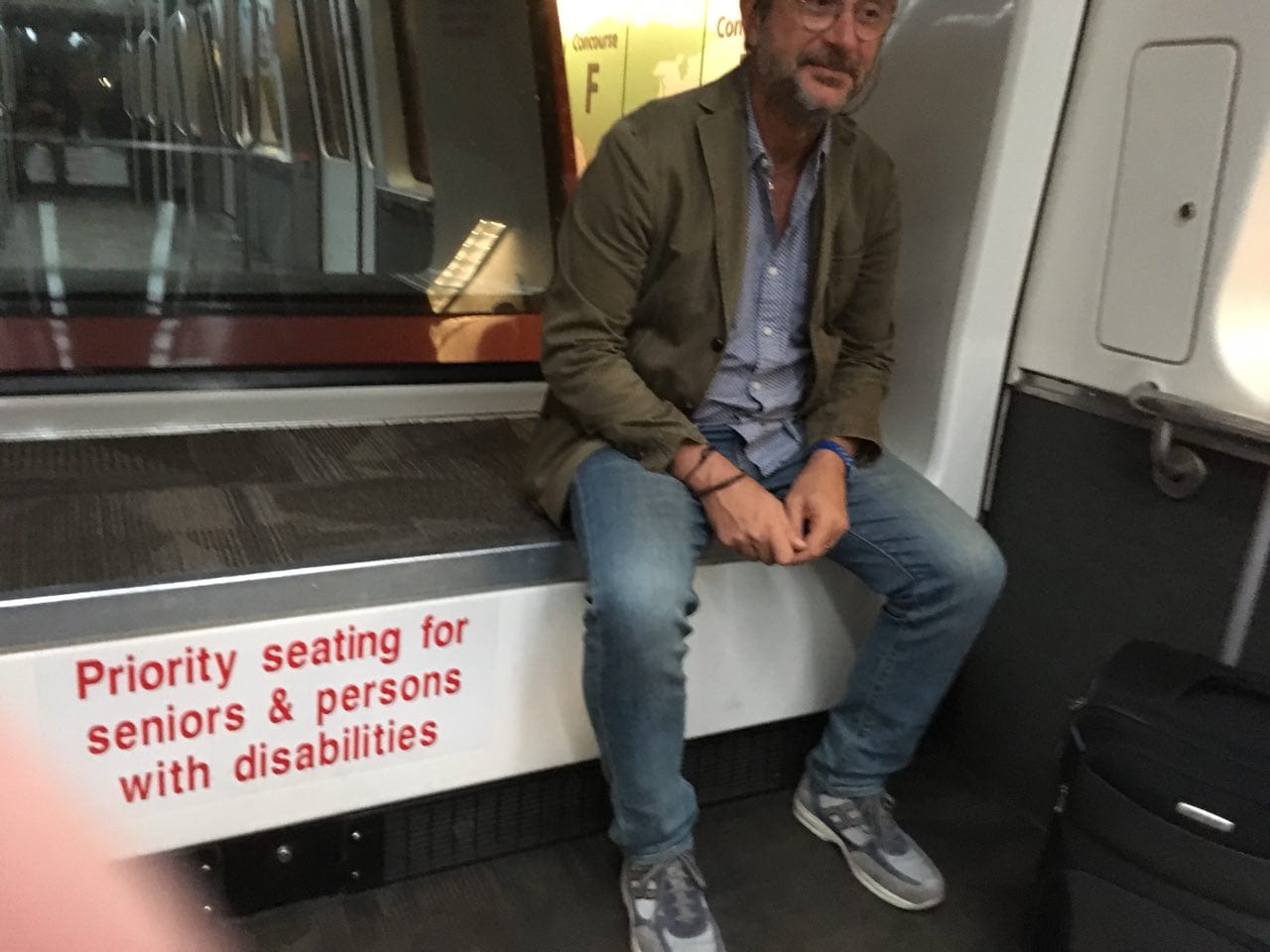This is the 24th edition of the GéoMécanique newsletter. This new edition contains the latest news regarding research publications, conference visits and other activities of the staff and students from the GéoMécanique group of Laboratoire 3SR (Sols, Solides, Structures – Risques). If you have something you want to share, please don’t hesitate to contact us at: geomecanique.newsletter@3sr-grenoble.fr . Please feel free to forward the letter to colleagues and friends, and let them know that they can subscribe by themselves here. Enjoy
Visits and conferences
Ivan Deiros has participated in the Fourth International Conference on Railway Technology, Sitges, Spain, on September 3-7. He gave a talk on ”Modelling ballast wear: From DEM simulations to shearing at the contact scale“
Some members of 3SR attended the IS-B2G Symposia Atlanta 2018 on September 10-13, 2018. Our group gave the following talks:
-
“Local macro-element model of rigid monopiles in sand” was presented by Ritesh Gupta
-
Gael Combe presented the work of Jeanne Doreau-Malioche entitled: “Grain- scale study of pile installation and subsequent axial loading cycles”.
-
Cino Viggiani gave a keynote lecture entitled: “Advances in 3D experimental geomechanics at the grain scale: can we measure fabrics?”
-
Floriana Anselmucci presented her work entitled: ” Quantifying micro-structural changes in sand due to plant root growth”.
The ALERT Geomaterials Workshop 2018 was organized from the 1st to 3rd of October in Aussois, France. The following presentations were given by members of our team:
-
“Neutron and x-ray imaging for capturing flow phenomena in geomaterials” by Alessando Tengattini.
-
“Shear behaviour of carbonate rock/grout interfaces: application on offshore piles of wind turbines” by Eleni Stavropoulou.
Plus, some posters were presented:
-
“Why does geomechanics need tube-shaped grains? DEM insight into grain crushing”, Marta Stasiak
-
“Tensile and compressive failure of micro-concrete: from mechanical tests to FE meso-model with the help of x-ray tomography”, Olga Stamati
-
“Multiscale model of partially saturated media based on a pore-network approach and lattice Boltzmann method”, Eduard Puig Montellà.
-
“Characterization of Diffuse and Localized Deformation in a Porous Sandstone: A True-Triaxial Experimental Study”, Cyrille Couture.
-
“Local macro-element model of rigid monopiles in sand”, Ritesh Gupta.
-
“NeXT-Grenoble: The Neutron and X-ray Tomograph in Grenoble”, Alessando Tengattini.
People
Angela Casarella started her PhD on “Effect of varying temperature and degree of saturation on soils THM behaviour: application to energy geostructures ”, under the supervision of Alice Di Donna and Benjamin Loret.
Christos Papazoglou started his PhD in the team the 1st October. The title of the PhD is “A micromechanical study of the chemo-hydro-mechanical behavior of granular cemented materials”. He will be supervised by Alessandro Tengattini, Nicolas Lenoir and Cino Viggiani.
Floriana Anselmucci moved on the other side of the Atlantic and she will spend 6 months in GeorgiaTech to work with her co-advisor Chloé Arson.
Dorjan Dauti has defended on September 26. His PhD entitled “A 3D hydro-mechanical discrete element model for hydraulic fracturing in naturally fractured rock”, supervised by Stefano Dal Pont,
Benedikt Weber and Matthieu Briffaut.
Jeanne Doreau defended her thesis the 28th of September. Her PhD is entitled “Grain-scale investigation of sand-pile interface under axial loading conditions using x-ray tomography”, supervised by Gaël Combe and Cino Viggiani.
Jelke Dijkstra is visiting us from Chalmers University for three weeks between October and November.
Miscellaneous
Maria Delli Carpini sent us a nice video from her PhD that we want to share with you. Here there’s a brief description of her research:
Ground subsidence represents a significant and complex problem. Localized loss of ground support could be the cause of the collapse of the infrastructure. The geosynthetic reinforcement (GR) is an economic and effective solution to avoid this hazard. It can reduce the total and differential settlement problems. When the geosynthetic sheet is applied on the cohesive soil, it takes up the vertical loads and diffuses them in the form of tensile forces transferred by friction in the anchorage areas.
The developed numerical model enables to analyze the mechanism of the transfer of the load into a cohesive soil and the deformations into the geosynthetic sheet as well. The results are compared with experiments that have been previously conducted on a small scale model.
 Cino after an exhausting session in Atlanta" />
Cino after an exhausting session in Atlanta" />
